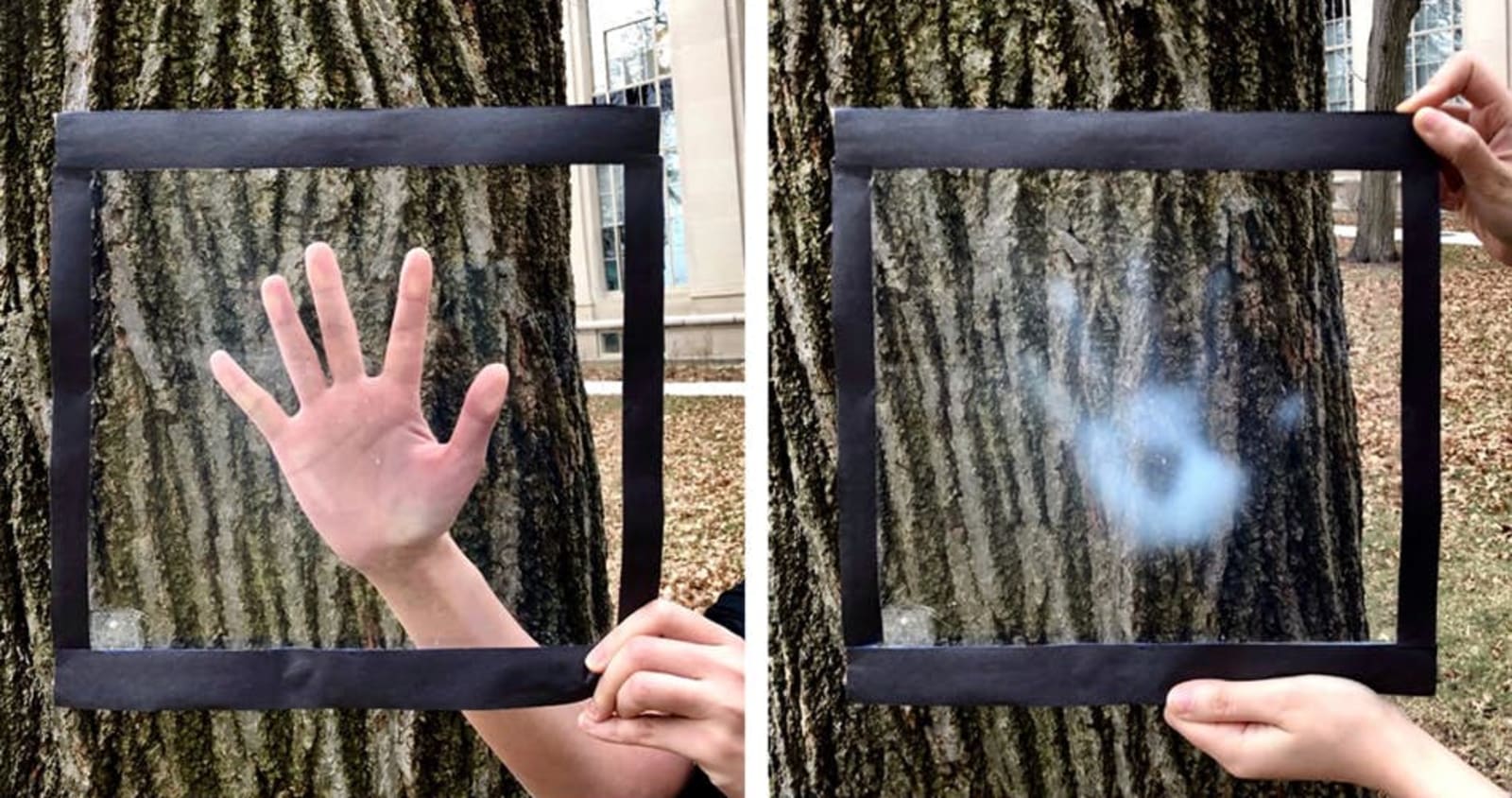I know it has been awhile since I did a residential post. I know this started out as a blog about residential energy needs and services. You know, energy efficient roofs, HVAC equipment and other such stuff. But years ago, I got off on energy related environmental stuff and then eventually Global Warming. Then anti-Nuclear stuff. Finally just raw Environmental stuff like obnoxious polluting and horrible deaths. Well today a gentleman named Chris Winters reached out and touched me so I am touching him back, so to speak. As always, I can vouch for his tips because they are somewhat general, but anything specific he is pitching I can not (For instance AC controllers – which his company sells). Also I may have put up this as an addenda to any earlier piece, so if i did forgive me.
https://www.cielowigle.com/blog/energy-saving-tips/
No matter what the season, energy usage tends to increase one way or another. With long running air conditioning and increased wash cycles of sweaty laundry in summer, to high heating usage and wash cycles of bulkier laundry in winter, we simply cannot operate without electricity.
We can be extremely energy efficient and follow energy saving tips and tricks to ingrain some environmentally friendly habits.
Following energy saving tips is essential to lower your costs, but it is also important to decrease your ecological footprint.
With millennials and Gen Z nicknamed “generation green”, there is a strong focus on energy saving, and rightly so. However, global warming is rising more rapidly than ever, and the term ‘climate emergency’ is being used rather than climate change to highlight the situation’s intensity.
All industries such as HVAC are revolutionizing their technology to act on climate change. Since home appliances and devices are a major contributor to our energy consumption, utilizing smart devices such as smart thermostats or smart controllers for air conditioners can make a huge difference on your bills!
Let’s get right to it. Here are 21 energy saving tips that can easily help you decrease your energy consumption:
1. Use Energy Efficient Appliances
Energy efficient appliances are specially designed to consume minimum energy to complete the same tasks that you’d perform with normal appliances. In addition, some
:}
Good there and read. More next week.
:}












